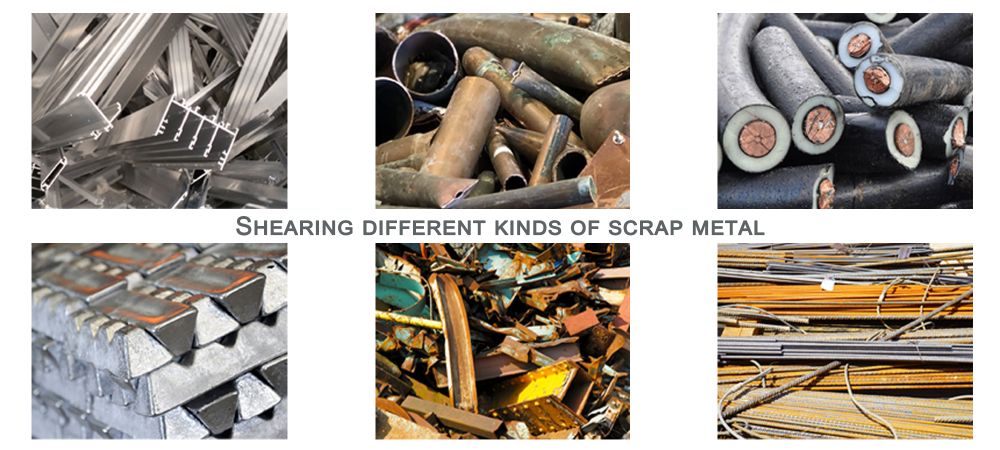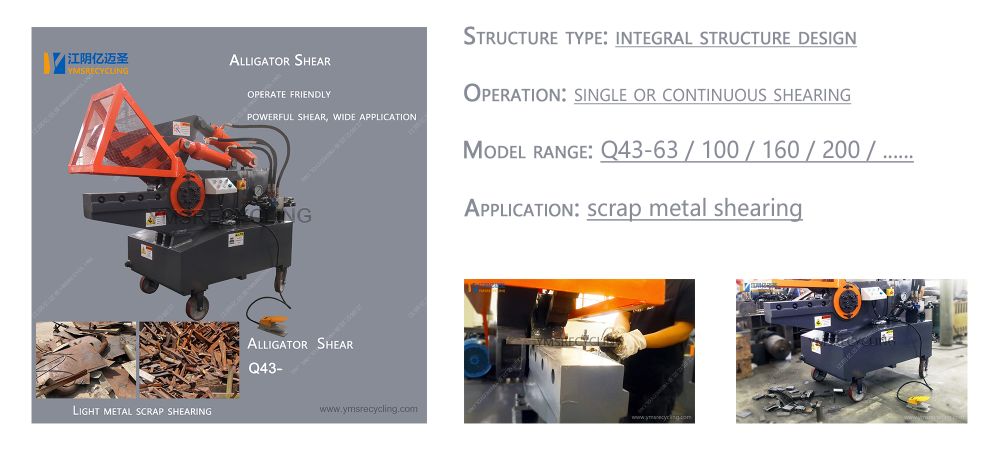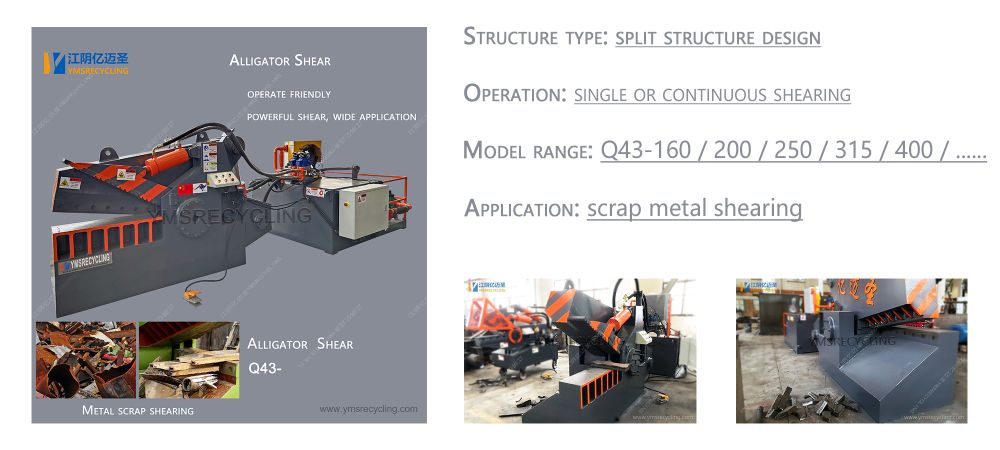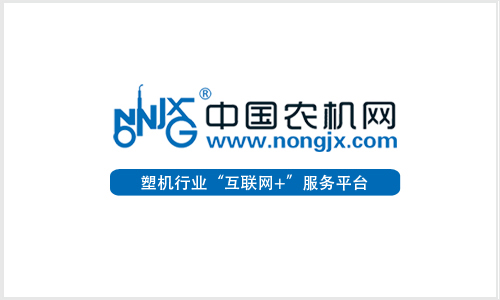[ China Agricultural Machinery Industry News ] "In the future, the individual form of agricultural management must be a new type of professional peasant. Cultivating new professional peasants is the basis for developing modern agriculture and promoting urban-rural integration." Talking about China's future agricultural and rural development, China Zhang Xiaoshan, a member of the School of Rural Development of the Academy of Social Sciences, has repeatedly stressed the importance of cultivating new professional farmers.
Cultivate new professional farmers to develop modern agriculture
The new type of professional peasant is a new concept put forward by China in recent years. It is still in its infancy, and there are a series of problems that need to be solved in the process of advancement. To this end, Zhang Xiaoshan led the national social science fund education key topics, researched major issues in the education of new professional farmers, and provided solid support for the formulation of relevant policies.
Young farmers in agriculture are the key to cultivation
At present, the situation that the agricultural labor force is not picking up the "successful people" has caused widespread concern. In this situation, who will be included in the training of new professional farmers? Zhang Xiaoshan pointed out in the research report that the focus of cultivation is on young and middle-aged farmers who are currently working in agriculture. "Because this group has feelings for agriculture and has accumulated rich experience in agricultural production and management, it will play a very important role in agricultural production, rural construction and cultural heritage," he said.
In addition to the farmer, Zhang Xiaoshan believes that it is also necessary to attract a group of “return farmers†who are willing to join the modern agriculture, focusing on attracting the descendants of the farmer--the “agricultural successorâ€, who constitute a “production and management†occupation. Farmers. At the same time, select a group of existing rural professional leaders, and then attract a group of college students to train and reserve "professional skills" and "professional service" professional farmers.
How big is this group? From the experience of developed countries, it is known that the peasant profession will be attractive only if the income level of the farmers catch up with the income level of the town. Compared with the rural migrant workers' income from working outside the country, when the farmer's business scale is above 60 mu, the farmer's income and the income from working outside the home can be achieved. According to the existing farmland of 1.8 billion mu, the number of farmers or family farms is about 30 million. According to the calculation of three agricultural laborers (including agricultural workers and agricultural employees) of each scale of farmers or family farms, the total number is 90 million, which mainly refers to production and operation of professional farmers and professional skilled farmers. In addition, according to statistics, at present, there are more than 10 million professional service agricultural personnel in China. It is concluded that the scale of the cultivation of new professional farmers in China should be around 100 million.
Design different culture paths for the three types
"Traditional full-time school vocational education can not complete the education of on-the-job farmers, and can not cultivate new professional farmers, and it is necessary to explore a suitable training mode." Zhang Xiaoshan pointed out in the research report.
The “integration of the industrial chain†and the “training chain†and “double chain†are important innovations in the report. With the deepening of specialized division of labor, large-scale breeding households, family farms, farmer cooperatives, and agricultural socialized service organizations together constitute the “industrial management chain†and “social service chain†of modern agriculture. At the same time, the science and technology promotion and services around the pre-production, mid-production and post-production of agriculture have also formed different levels of education networks focusing on agricultural knowledge and skills upgrading, which constitute the “cultivation chain†of new professional farmers. Will "double-chain fusion", you have me, I have you, and coordinate development.
According to the different characteristics and needs of the three types of professional farmers, such as production and management, professional skills and professional services, the research team has designed different educational training paths.
For the main body of production and management-oriented peasant farmers, the peasants and peasants in the post, focusing on the existing “send to school and go to the countryside†and the government's purchase results, improve the software and hardware conditions, carry out refined management, enrich the teaching content, and promote multi-dimensional participation. .
For those who return to the countryside, they will focus on strengthening the modern agricultural occupational spirit education, strengthen their career choices, and strengthen their entrepreneurial ability and management ability. In terms of the implementation form, the educational institutions should cooperate with the families of returnees and other production and operation-oriented professional farmers to build an "agricultural production and management community", and cultivate production and management capabilities and technical, management, and service professional capabilities in practice. Educational institutions should strengthen entrepreneurship education, encourage students to start family entrepreneurship or joint ventures, and organize and implement projects such as “one village, one production and operation teamâ€.
In addition, it is necessary to train a group of professional production and management farmers with higher education and comprehensive quality. This requires systematic design of the education and training of college students, especially those involved in agriculture. In the content of education, focusing on professional emotions and professional responsibilities, guiding career choices; in terms of form, it can cooperate with all kinds of agricultural management and social service subjects in a “peer-to-peer†manner, and “point-to-line†cooperation with regional leading industries or technology "Point-to-face" cooperates with the agricultural industrial park, and the "point-to-body" cooperates with the local government of the agricultural area to build a multi-type, multi-level three-dimensional "production and education alliance."
The cultivation of professional and professional service-oriented professional farmers is mainly realized by optimizing and upgrading a group of on-the-job professionals and forging a batch of reserve personnel (especially those of agriculture-related majors above junior college level). The requirements for skills, knowledge and quality of these two types of personnel are basically the same. In terms of the form of implementation, it is necessary to make good use of the two classes of school education and agricultural labor education, combine with major agricultural training projects, and carry out agricultural system training or implement agricultural vocational education according to the position. Focus on agricultural technology guidance, formula fertilization, pest control, healthy farming, improved breeding, rural veterinary, village-level epidemic prevention, veterinary drug production and marketing, agricultural machinery driving maintenance and other major occupations and key occupational areas, and increase training.
In addition to the common training strategy, the above two types of people must rely on large-scale new agricultural management entities to learn the internal organizational structure, operation management, corporate culture, and learning type. Organizational construction, etc. Professional service-oriented professional farmers must conduct product pilot tests in different environments. Therefore, talent training should take into account standardization and diversification, and cultivate emergency response capabilities through problem-oriented and action-oriented.
Realize the cultivation of new professional farmers
In the research of the subject, Zhang Xiaoshan has been thinking and trying to answer these three questions:
How is education training more? On the basis of the existing education training path, it is necessary to combine the national agricultural development strategy, the local leading industry demand and the personal development willingness, and teach people.
Who is the cost of education? It is necessary to account for the education and training costs of new types of occupational farmers of different types, levels and major industries, and to share the cost of the state and local governments.
What factors determine the attractiveness of the new professional peasant profession? In addition to the quality of education and training, it is also related to many factors such as policy support, agricultural benefits, social security, and social identity.
To this end, the research team made the following recommendations:
The first is to establish a departmental linkage mechanism. At present, many departments such as agriculture, education, human society, poverty alleviation, water conservancy, and forestry are all involved in the education and training of farmers. Due to the lack of an effective overall coordination mechanism, problems such as division of departments, cross-functional functions, and closed operations are prominent. It is suggested that under the government's overall planning, the agriculture department will take the lead, and education, finance, development and reform and other relevant departments will participate, fully mobilize the strengths of vocational training institutions, agricultural and rural schools, rural adult cultural and technical schools, etc., and broadly absorb farmers' cooperation. Organizations, agricultural leading enterprises and other social resources, great unity, great cooperation, and great development, form a strong synergy of the combination of agriculture, science and education.
The second is to increase funding and improve investment methods. At present, some agricultural subsidy policies in China are facing the problem of small adjustment space for “yellow box†and easy to trigger international trade disputes. It is urgent to improve this “invisible†agricultural investment method and transfer more supportive protection policies to improve. The “green box†policy of farmers’ quality. In the main grain producing areas and important agricultural product supply areas, a number of key counties can be selected to carry out pilot projects for the public welfare compensation system for the purchase of farmers' learning results; for rural junior high school graduates who fail to enter higher level schools, the state provides science free of charge. Vocational skills education such as farming and scientific breeding; subsidies for subsidies for full-time agricultural higher vocational education; establishment of youth farmers agricultural venture funds.
The third is to speed up the construction of the training object information base and teaching resource library, and use modern information technology means to achieve training.
The fourth is to strengthen the construction of educational training conditions. By increasing investment, we will improve the schooling conditions of the main institutions such as the Agricultural Broadcasting School, the Rural Adult Cultural and Technical School, and the County Vocational Education Center, absorb the resources of teachers, and strengthen the construction of training bases to better fulfill the new professional farmers' education and training functions. .
The fifth is to promote the internationalization of education and support the "going out" of China's agriculture. With the rapid development of agricultural systems and agricultural leading enterprises abroad, it is imperative to cultivate internationalized new professional farmers. It is suggested that when constructing a professional peasant team, the state will train international new-type professional peasants as an important part, strengthen the top-level design, make overall planning and systematic advancement.
Alligator Shear
What is the role of an Alligator Shear Machine in metal recycling?
The Alligator Shearing Machine which is commonly used in metal fabrication and scrap metal recycling to cut a range of metal items including pipes, bars, and even profile steel such as I-beams.
Each machine can be controlled manually or automatically.
The Alligator Shear Machine is easy to operate, safe and reliable, and can adapt to a variety of different environments.

How to choose a suitable Alligator Shear Machine?
Q43 series alligator shear is the ideal machine for shearing reinforcing bar, mild steel round bar, aluminium, copper, steel tubing, lead, cable and most other hard metals.
With the hold-down clamp device, to prevent material from kicking back and guarantee maximum operator safety, and do the shearing jobs most efficiently and safely.
We provide a variety of models of alligator shear, with various blades sizes for options, which support different working environments.
Q43-Alligator Shear (Integral structure design)

Q43-Alligator Shear (Split structure design)

YMSRECYCLING's wide range of Hydraulic Alligator Shear is designed for scrap yards and various industrial cutting applications.
These types of equipment can be customized and extended according to the actual needs of customers on-site.
YMSRECYCLING also offer economical and effective solutions to help you to process different scrap metal.
Please provide your requirements in consultation.
CONTACT US
Contact Us for the Best Recycling Solution
Sales Department: +86-15950122559 (Mr. Jack Zhou)
At YMSRECYCLING, our team of specialists is dedicated to providing you with the best solution for your recycling needs. From production rates to running costs and briquetting technologies, we will work with you to ensure your requirements are met. Contact us now to get started.
Scrap Metal Shearing Machine,Alligator Shear,Metal Cutting Machine,Hydraulic Alligator Shear,Alligator Shearing Machine
Jiangyin Yimaisheng Hydraulic Machinery Co., Ltd. , https://www.ymsrecycling.com



